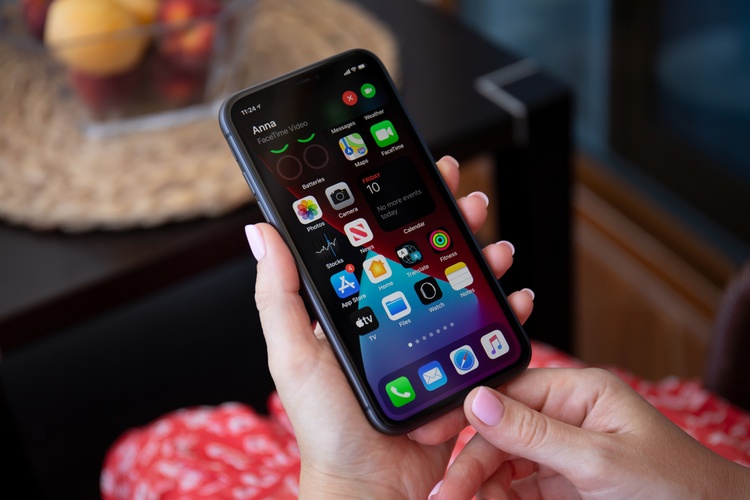Haptic Feedback Reimagined: The Tactile Revolution in Smartphones
In a world where our smartphones have become extensions of ourselves, the way we interact with these devices is constantly evolving. While visual and auditory feedback have long been the primary modes of communication between users and their devices, a quiet revolution is taking place beneath our fingertips. Welcome to the world of advanced haptic feedback, where the sense of touch is being redefined in ways that promise to transform our digital interactions.

Beyond the Buzz: Precision Haptics
The latest haptic systems employ linear resonant actuators (LRAs) and piezoelectric elements to produce a wide range of sensations. Unlike traditional rotary motors, these components can generate precise, localised vibrations that mimic real-world textures and forces. Imagine swiping through your photo gallery and feeling the subtle resistance of flipping through physical pages, or adjusting your phone’s volume and experiencing the satisfying click of a analogue dial.
Haptic Algorithms: The Brains Behind the Sensation
At the heart of this tactile revolution are sophisticated algorithms that translate on-screen actions into realistic haptic responses. These algorithms consider factors such as pressure, speed, and context to deliver appropriate feedback. For instance, typing on a virtual keyboard can now feel remarkably similar to using a physical one, with each key press accompanied by a distinct tactile ‘click’.
The Sense of Touch in Gaming
Mobile gaming is perhaps the most exciting frontier for advanced haptics. New haptic systems can simulate a wide range of in-game sensations, from the recoil of a firearm to the tension of a bowstring. This level of immersion was previously only possible with dedicated gaming controllers, but is now available in the palm of your hand.
Accessibility and Inclusion
Advanced haptics aren’t just about enhancing entertainment—they’re also opening up new possibilities for accessibility. For users with visual impairments, sophisticated haptic feedback can provide crucial information about on-screen elements and interactions. This technology has the potential to make touchscreen devices more accessible and intuitive for a wider range of users.
The Future of Feeling
As haptic technology continues to evolve, we can expect to see even more innovative applications. Researchers are exploring ways to simulate temperature changes and create the illusion of different textures, further blurring the line between digital and physical experiences. Some experts predict that future smartphones might even be able to convey emotions through touch, adding a new dimension to digital communication.
Market Impact and Adoption
While advanced haptic systems are still primarily found in high-end smartphones, the technology is expected to trickle down to mid-range devices in the coming years. Industry analysts predict that the global haptic technology market could reach £4.8 billion by 2026, driven in part by increasing demand for more immersive mobile experiences.
Challenges and Considerations
Despite the exciting potential, there are hurdles to overcome. Battery life remains a concern, as more sophisticated haptic systems can be power-hungry. There’s also the challenge of standardisation—creating a consistent haptic language across different devices and applications. Moreover, some users may find advanced haptic feedback overwhelming or distracting, necessitating careful implementation and user-customisable settings.
In conclusion, the tactile revolution in smartphones is just beginning. As this technology matures, it promises to fundamentally change how we interact with our devices, making our digital experiences more intuitive, immersive, and accessible. The future of mobile technology isn’t just about what we see or hear—it’s about what we feel.




